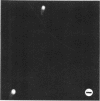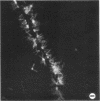Abstract
Rhizobium japonicum USDA 31 demonstrated marked polarity by binding homologous fluorescent antibody (FA) heavily on one end of the cell. FA prepared against R. japonicum strains 110 and 138, and against R. trifolii TA1 cross-reacted with strain 31 only in the polar tip region. No polar immunofluorescing tips could be seen with FA against two other strains of R. japonicum or with those against several unrelated microorganisms. Common antigens localized only in a polar region were seen in many rhizobia stained with R. japonicum 31 FA: 22 of 23 strains of R. japonicum, 10 of 17 strains of R. trifolii, 3 of 7 strains of R. melitolii, 3 of 6 strains of R. phaseoli, and 3 of 9 strains of R. leguminosarum had some cells with detectable polar tips. The proportion of R. japonicum 31 cells with polar tips was high throughout the growth cycle. Polar tip staining was not affected by drastic cell treatments. A function was proposed for the polar tip region as a site for attachment. R. japonicum 31 cells attached to each other in a tip-to-tip fashion and endwise to fungal hyphae with the polar tip in contact with the hyphal wall. Binding of fluorescein isothiocyanate-labeled soybean lectin to certain strains of R. japonicum gave additional evidence of polarity. Polar binding of both antibody and lectin may provide insights into relationships between rhizobia and roots of host legumes.
Full text
PDF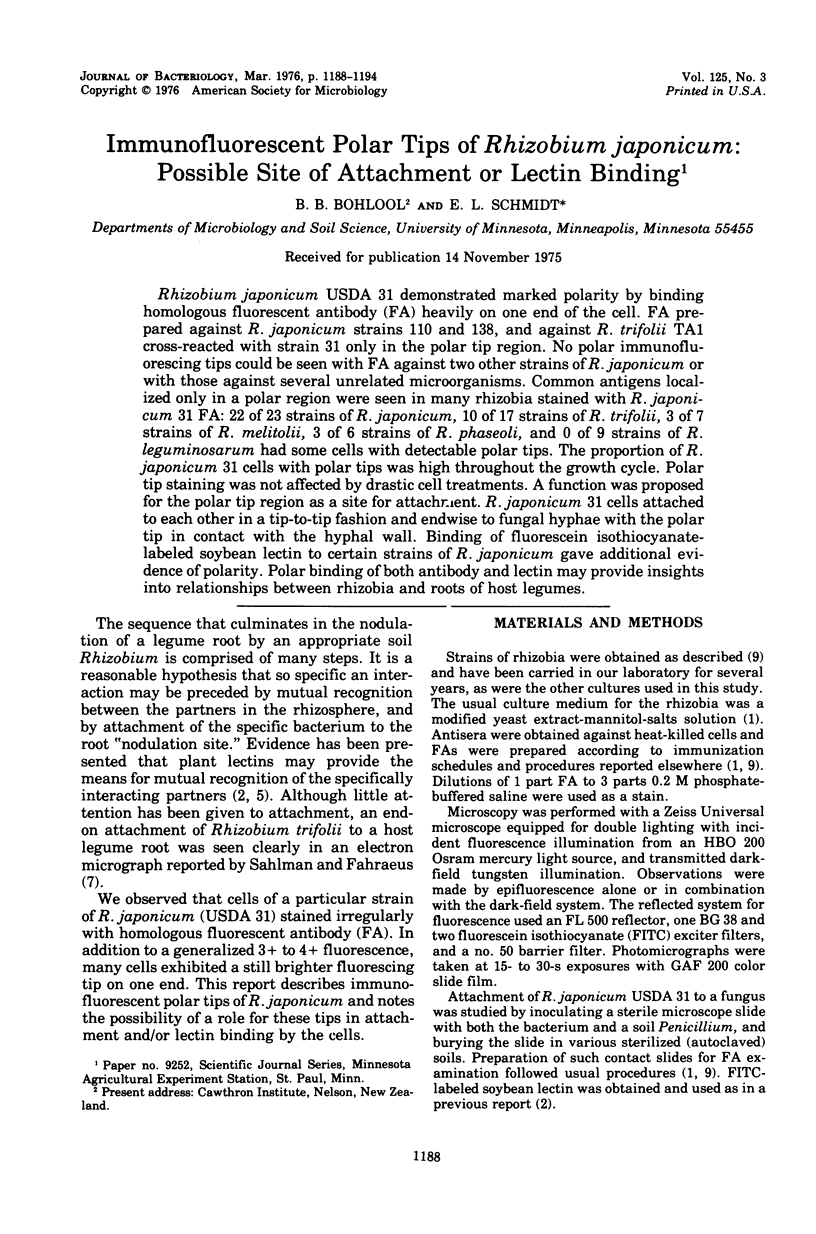
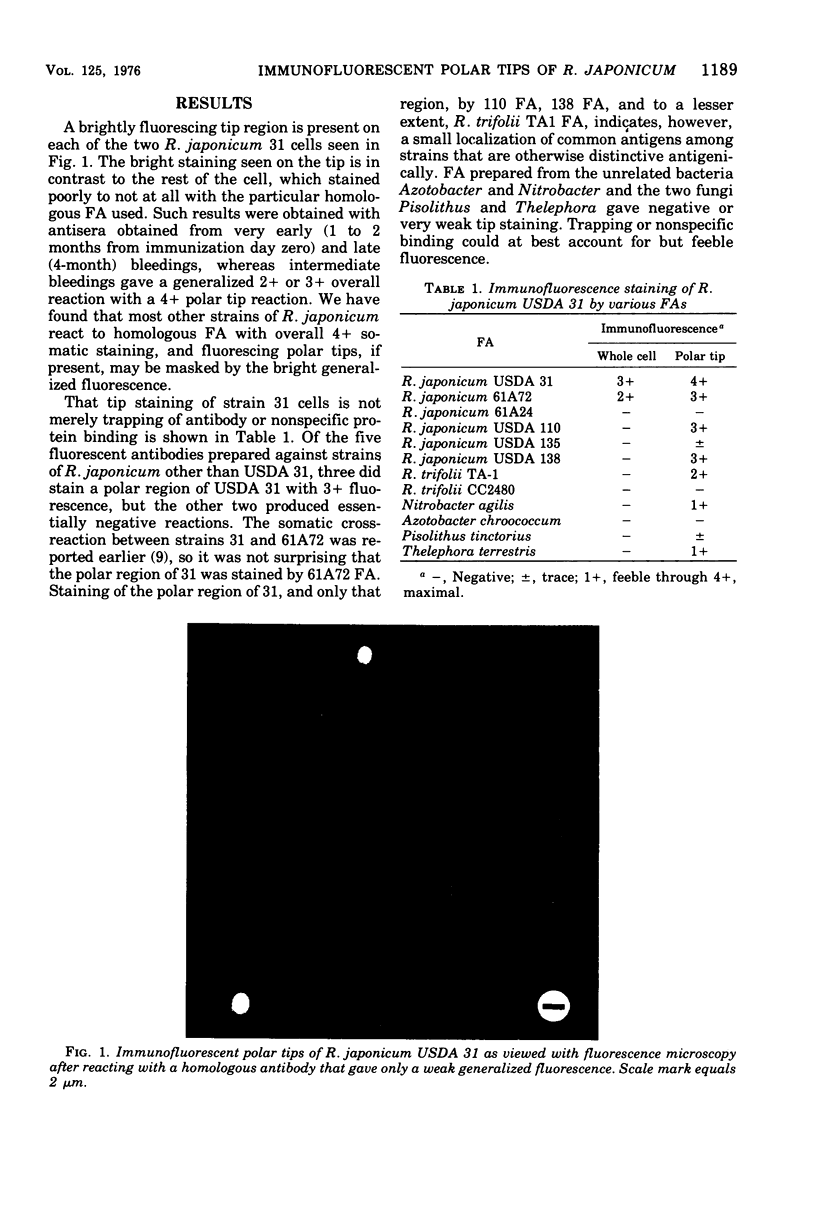
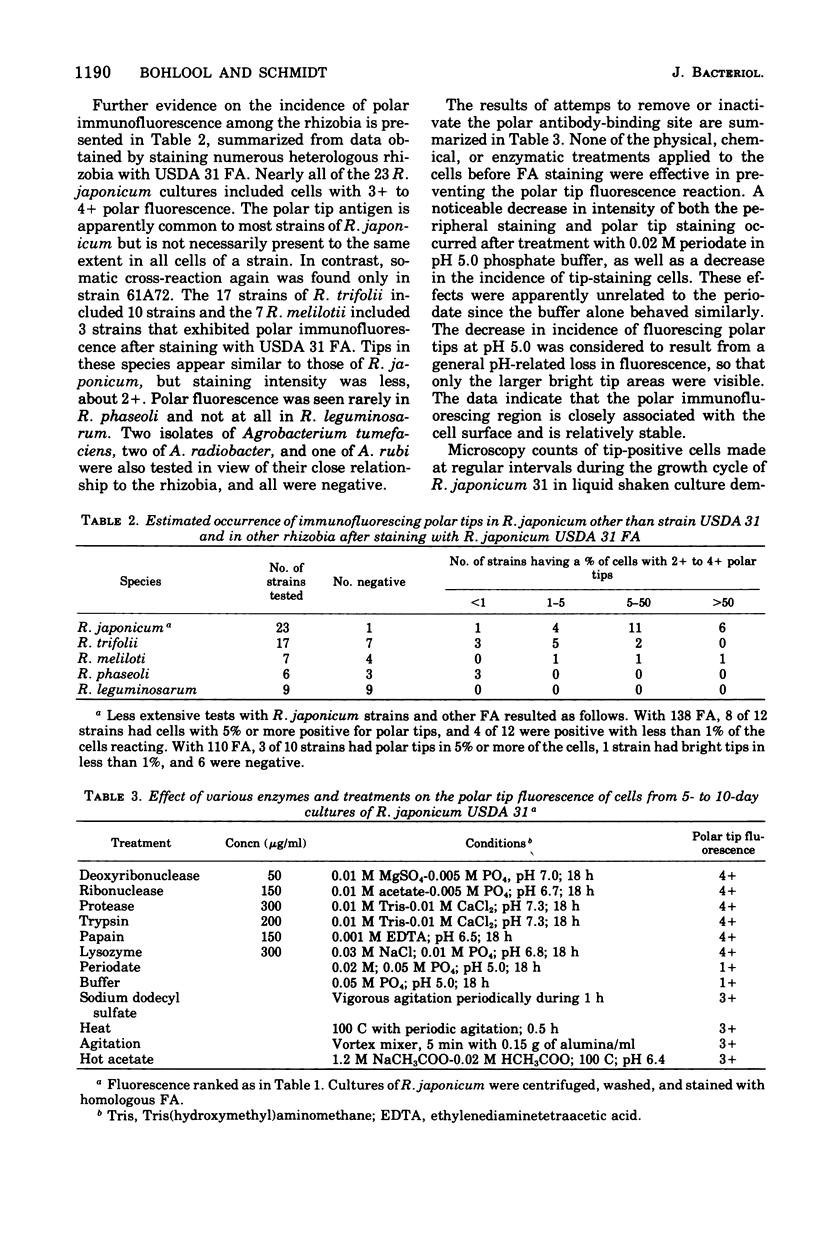
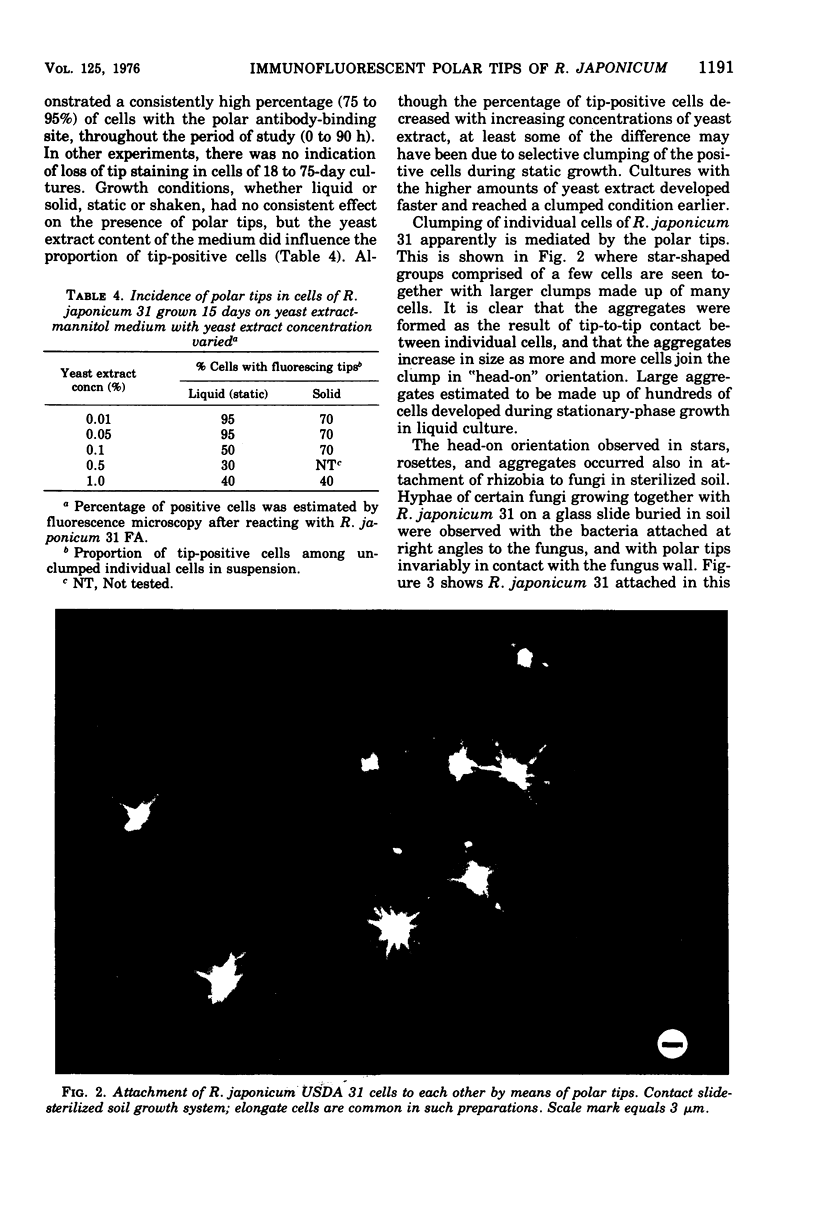
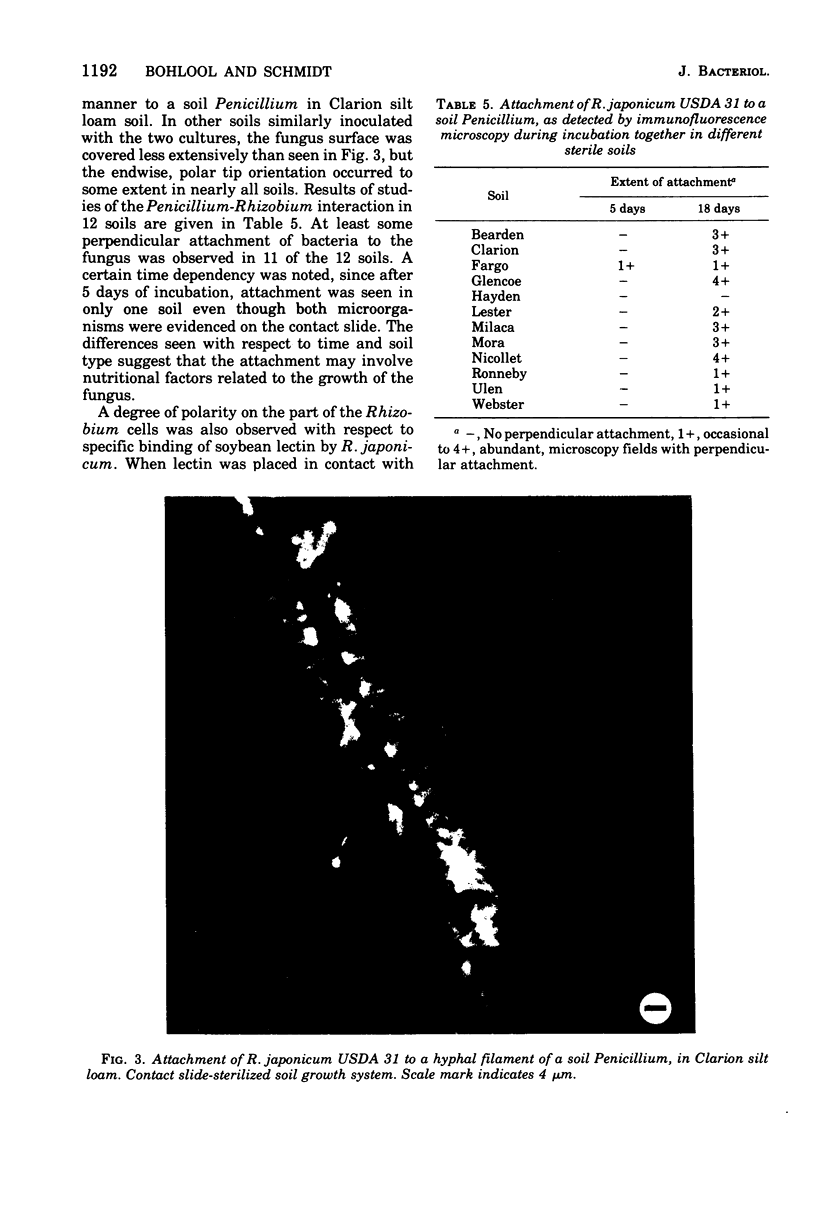
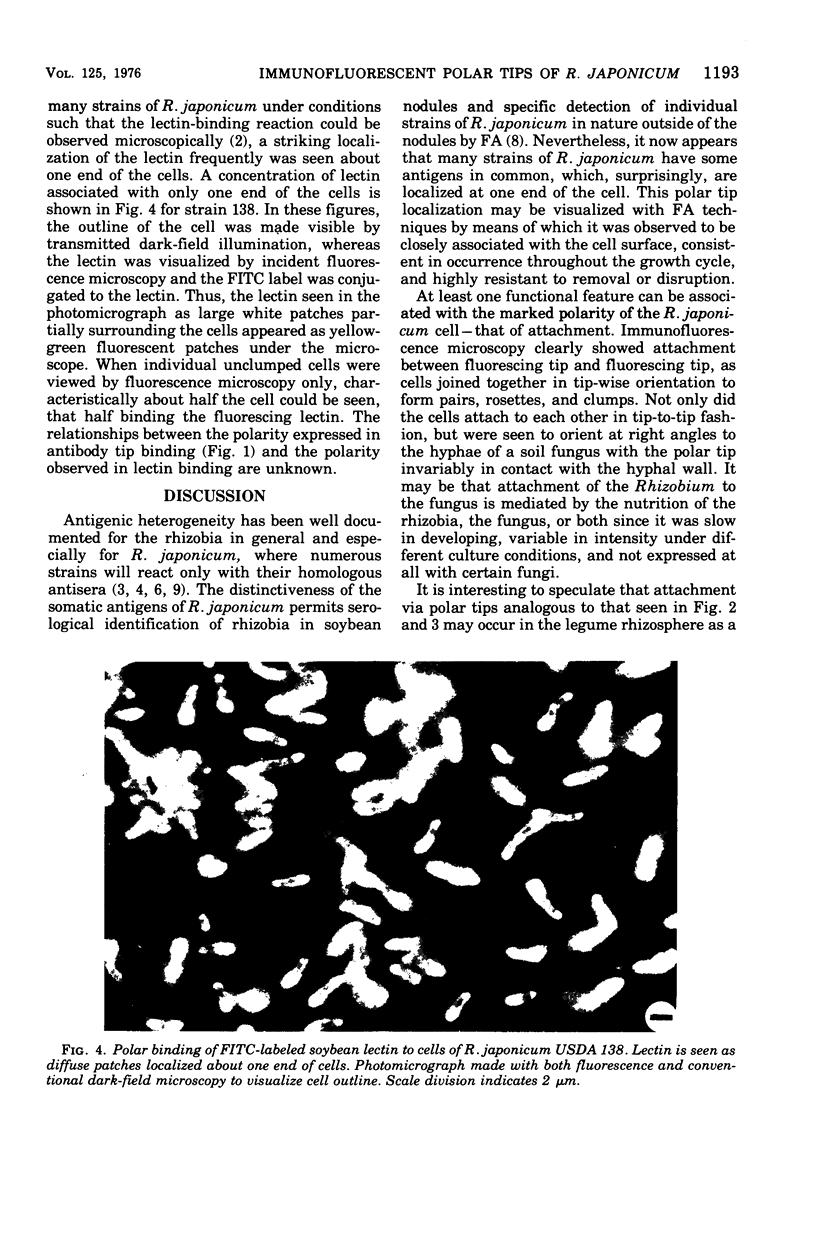
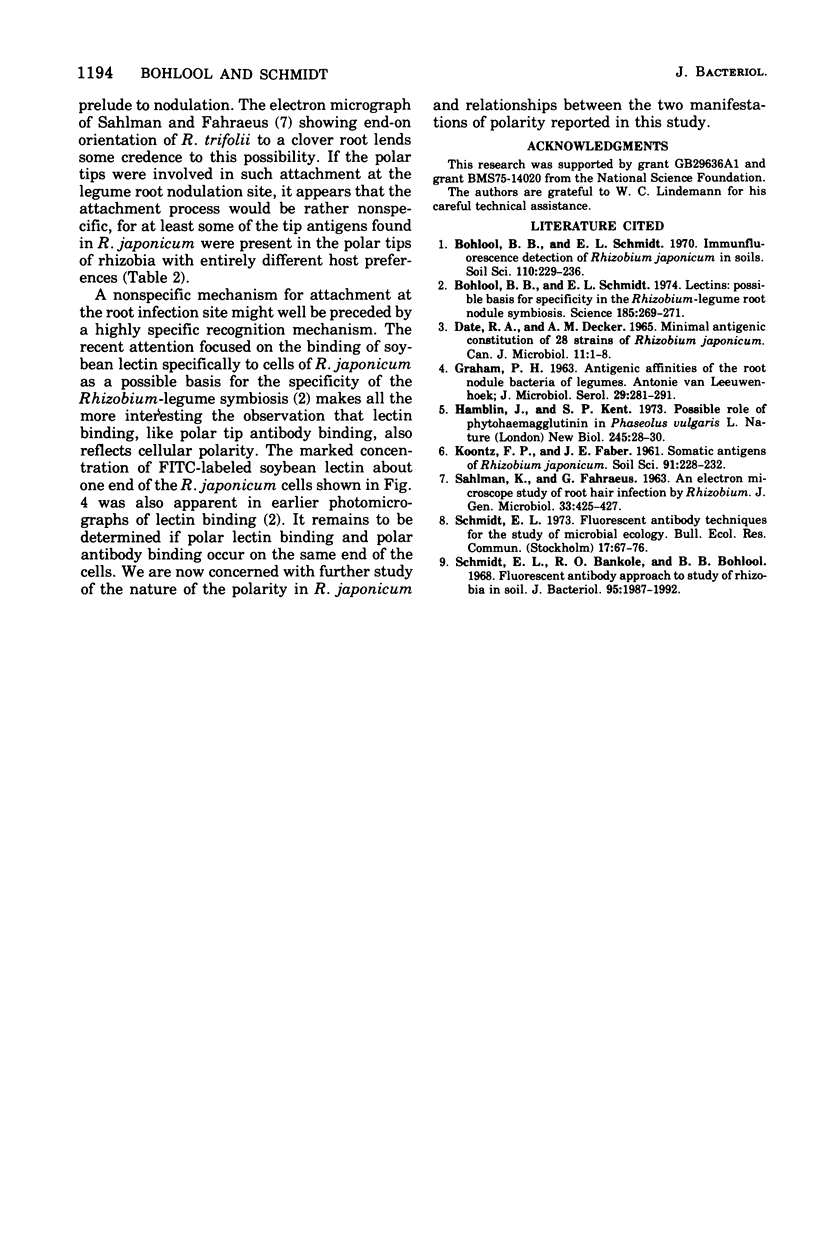
Images in this article
Selected References
These references are in PubMed. This may not be the complete list of references from this article.
- Bohlool B. B., Schmidt E. L. Lectins: a possible basis for specificity in the Rhizobium--legume root nodule symbiosis. Science. 1974 Jul 19;185(4147):269–271. doi: 10.1126/science.185.4147.269. [DOI] [PubMed] [Google Scholar]
- DATE R. A., DECKER A. M. MINIMAL ANTIGENIC CONSTITUTION OF 28 STRAINS OF RHIZOBIUM JAPONICUM. Can J Microbiol. 1965 Feb;11:1–8. doi: 10.1139/m65-001. [DOI] [PubMed] [Google Scholar]
- GRAHAM P. H. ANTIGENIC AFFINITIES OF THE ROOT-NODULE BACTERIA OF LEGUMES. Antonie Van Leeuwenhoek. 1963;29:281–291. doi: 10.1007/BF02046070. [DOI] [PubMed] [Google Scholar]
- Hamblin J., Kent S. P. Possible role of phytohaemagglutinin in Phaseolus vulgaris L. Nat New Biol. 1973 Sep 5;245(140):28–30. doi: 10.1038/newbio245028a0. [DOI] [PubMed] [Google Scholar]
- SAHLMAN K. AN ELECTRON MICROSCOPE STUDY OF ROOT-HAIR INFECTION BY RHIZOBIUM. J Gen Microbiol. 1963 Dec;33:425–427. doi: 10.1099/00221287-33-3-425. [DOI] [PubMed] [Google Scholar]
- Schmidt E. L., Bakole R. O., Bohlool B. B. Fluorescent-antibody approach to study of rhizobia in soil. J Bacteriol. 1968 Jun;95(6):1987–1992. doi: 10.1128/jb.95.6.1987-1992.1968. [DOI] [PMC free article] [PubMed] [Google Scholar]



